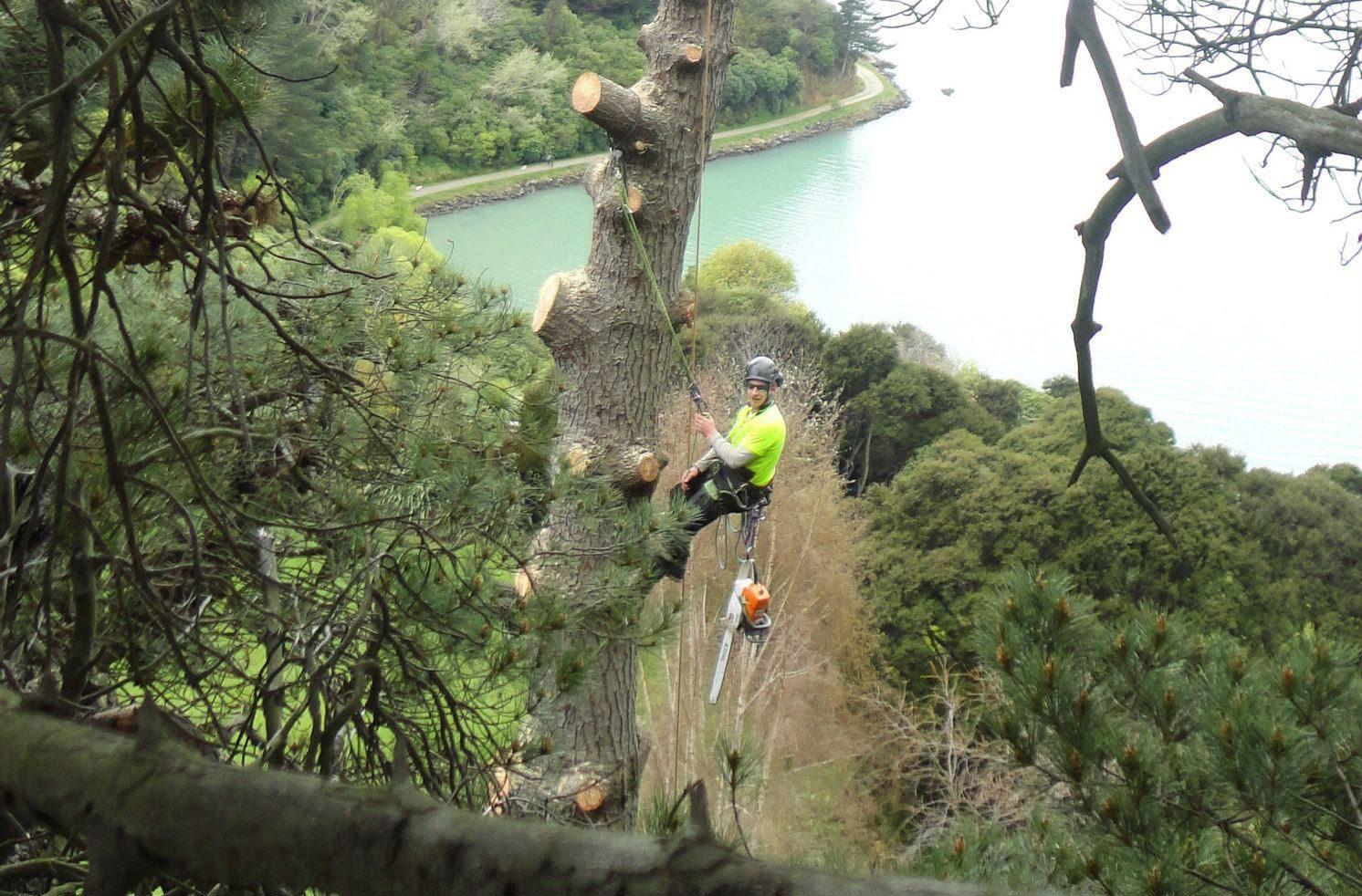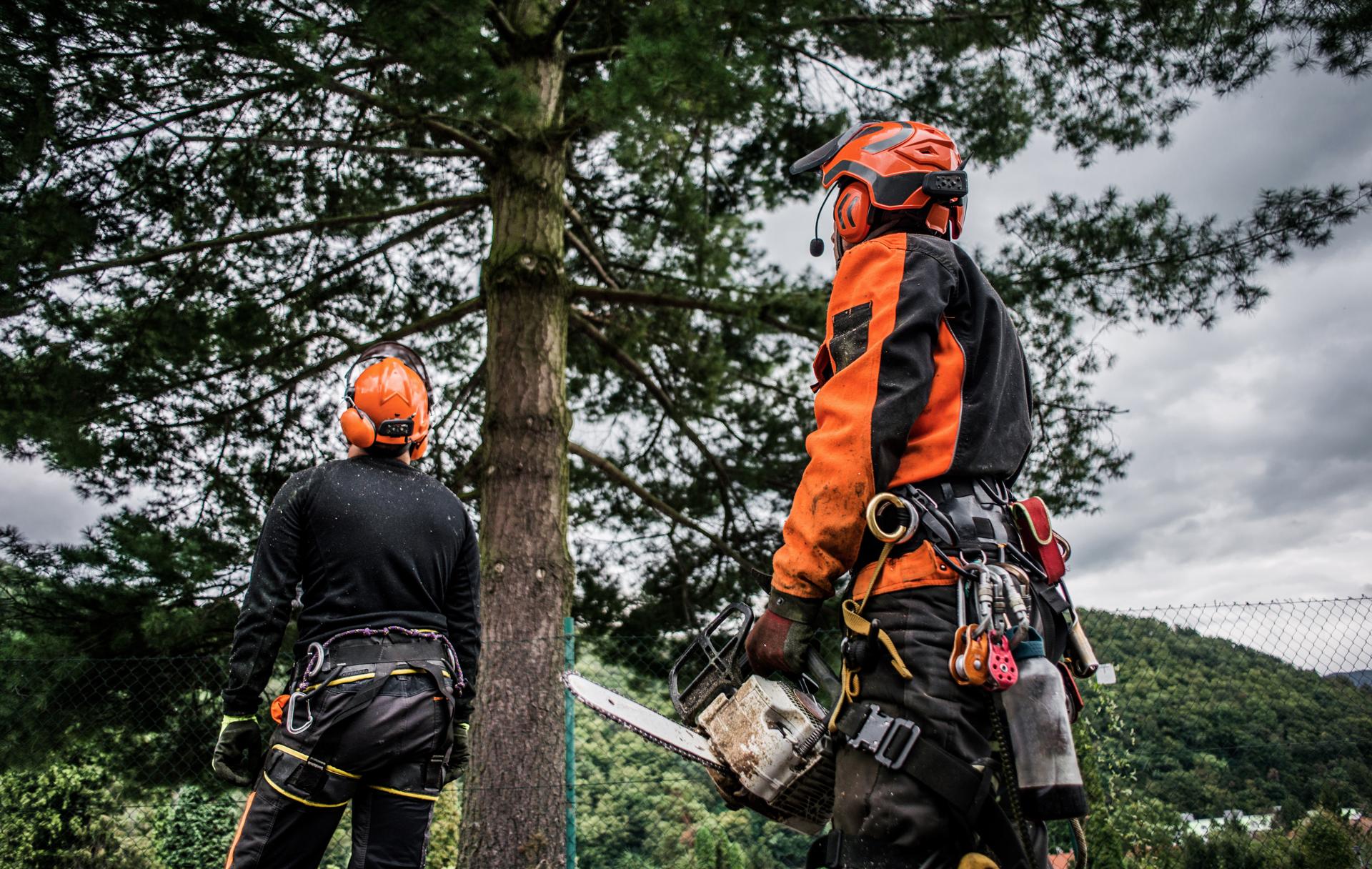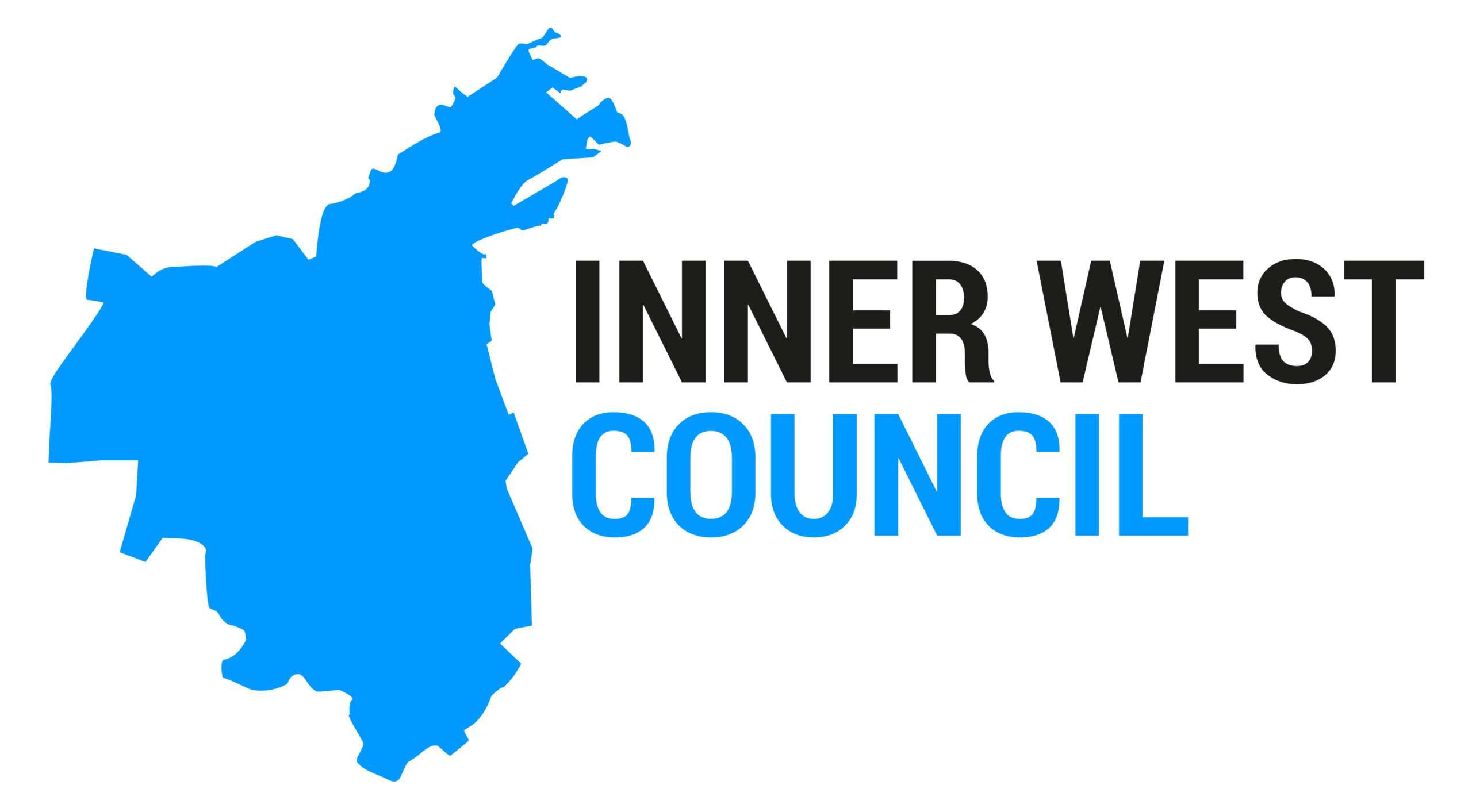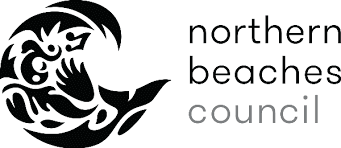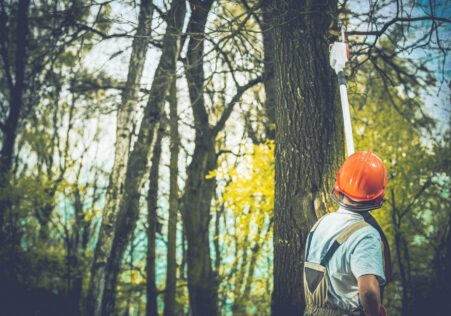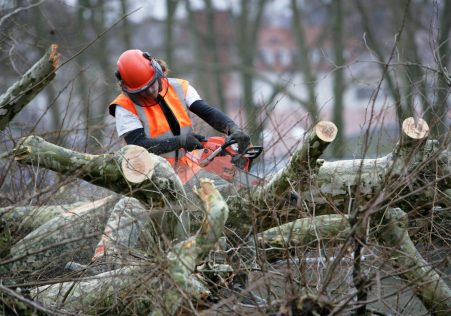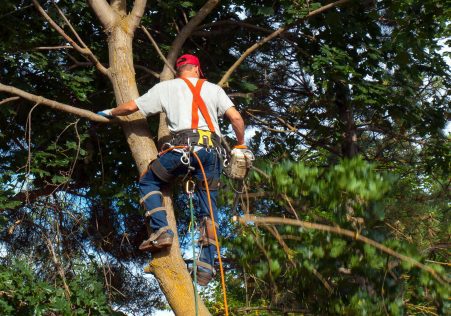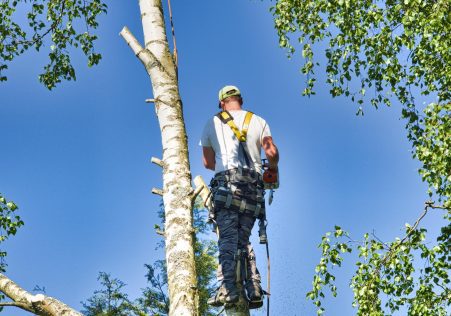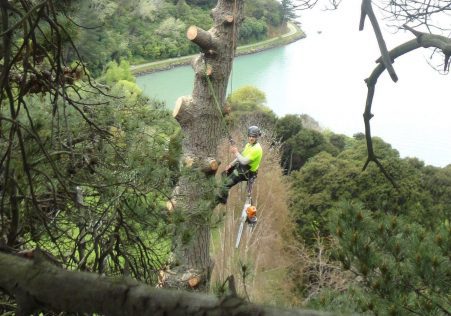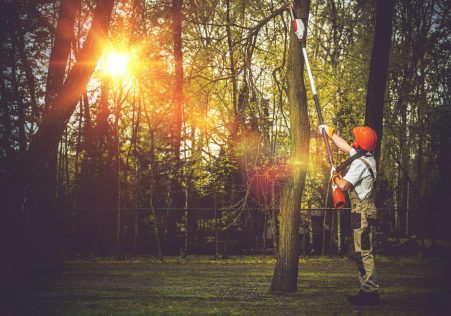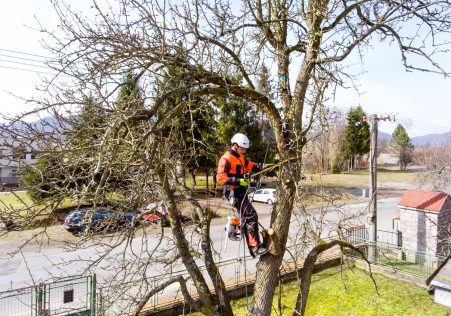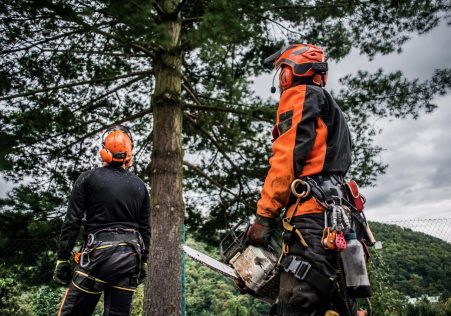How to prune trees correctly: What to Avoid
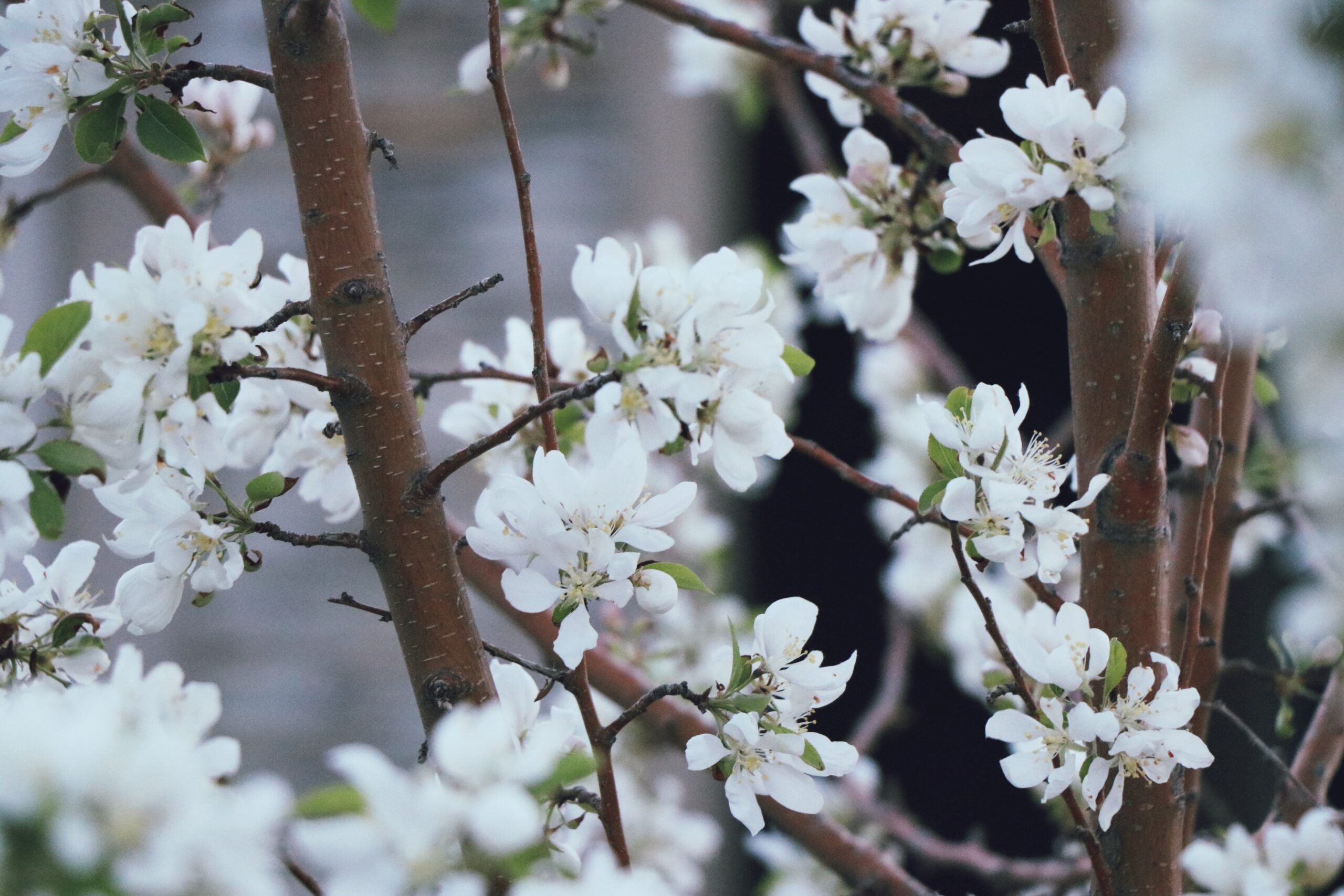
Pruning trees is an essential element of maintaining their health and appearance, but it’s not a task that should be done lightly. Inexperience, improper techniques and using the wrong equipment can cause serious damage to your trees, or render them irreparable. This article will go over what you should avoid when pruning your trees to ensure they remain looking and healthy for the years to come.
Don’t prune at the wrong Time of Year
One of the biggest mistakes that people do when trimming is to do it at the wrong time of the year. Pruning at the wrong time can disrupt the tree’s natural growth pattern and leave it vulnerable to pests and disease. It is generally recommended to trim deciduous trees in the winter months when they are dormant, and conifers during the spring and early summer.
Use the right tools
Another problem is that people use the wrong tools for the job. The dull or rusty tools could cause damage to the tree and make it more susceptible to illness, while making use of instruments that are big or heavy can cause unnecessary damage. Be sure to have the appropriate tools for the job, and keep them in good shape and maintained.
Do Not Remove Too Much at Once
While it is tempting to prune heavily to achieve the desired dimension or shape, removing too much at once could cause harm to the tree. Pruning should always be done gradually, over several years in order so that the tree can recover from cuts.
Do not cut too close to the Trunk
When pruning, it is important not to cut in close proximity to trunk. This could leave the tree vulnerable to disease as well as leaving ugly stubs that are difficult to remove. Cut your branches in the area just outside of the collar of the branch which is the elevated area that connects the branch to the trunk.
FAQs
How often should I prune my trees?
It is contingent on the type of tree and the individual needs, but in general, it’s a good idea to trim deciduous trees every 3-5 years, as well as conifers once every five to 10 years.
Do I need to prune my trees myself or do I need a professional?
While you can trim your own trees, it’s best to let the job to a professional if not sure of your skills. A tree surgeon will have the knowledge, experience and the training required to cut your trees with safety and efficiency.
Can pruning damage my trees?
Correct pruning techniques or using the wrong tools can result in severe damage for your tree. It is essential to have a adequate knowledge of pruning best techniques and to employ the appropriate tools for the job to avoid causing harm.
Conclusion
Pruning trees is an essential part of their maintenance however, it’s not an activity to be undertaken lightly. If you avoid these common pruning pitfalls, you can keep your trees looking and healthy for many years to take. If you’re unsure of your abilities take the time to dial for a professional with Brisbane Tree Removal Service. Our arborists are trained, highly skilled, and have the expertise and tools to meet your tree trimming requirements. Contact us today at 0480 099 748 to schedule your tree pruning service in Brisbane. Avoid causing damage to your trees through incorrect pruning techniques. Call Brisbane Tree Removal Service today at 0480 099 748 to arrange the tree trimming service you need within Brisbane. Our arborists are experienced and will make sure that your trees receive the care and attention they require to thrive. Trust us to provide reliable, safe and reliable tree trimming services that keep your property looking the best it can. Call now to learn more about our services and to schedule your appointment.

